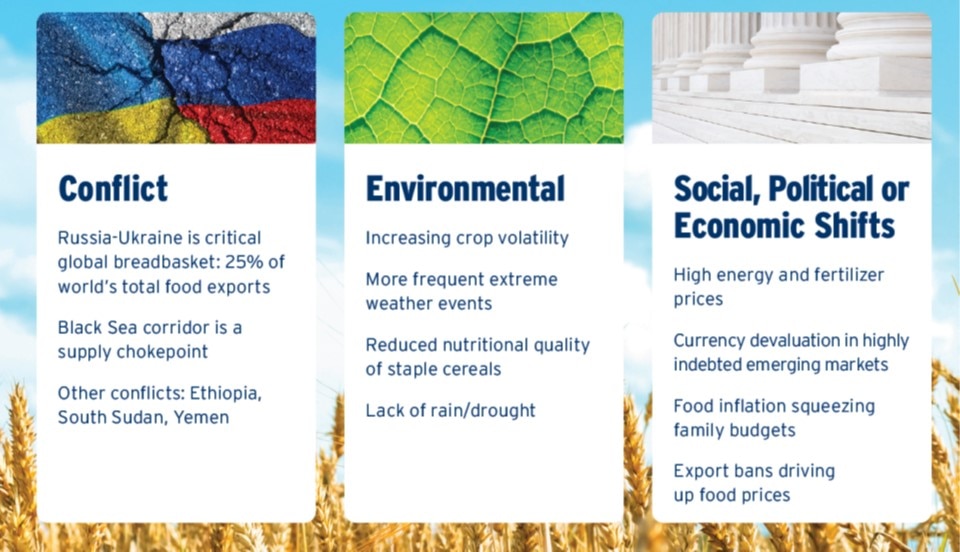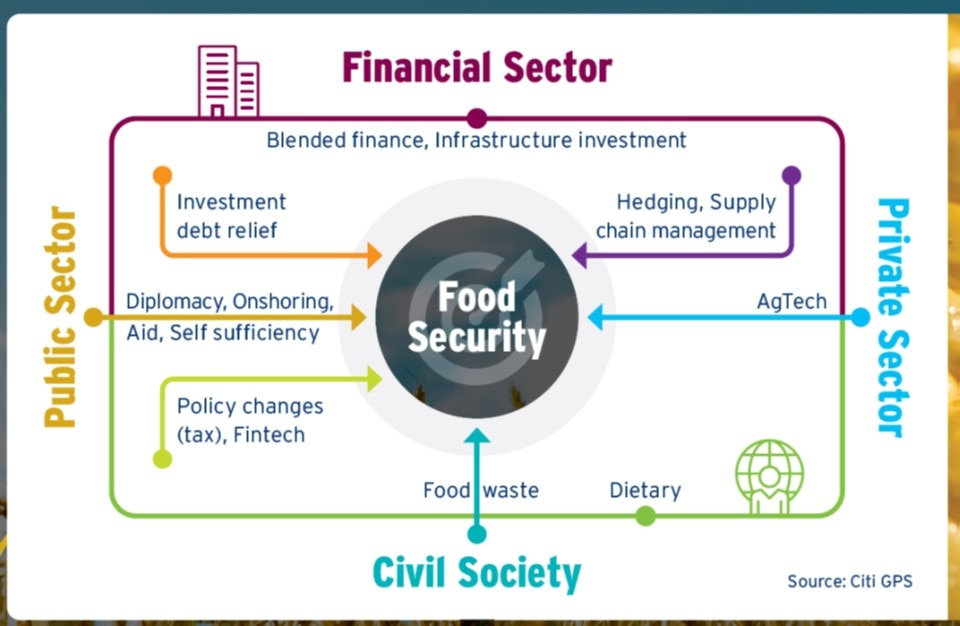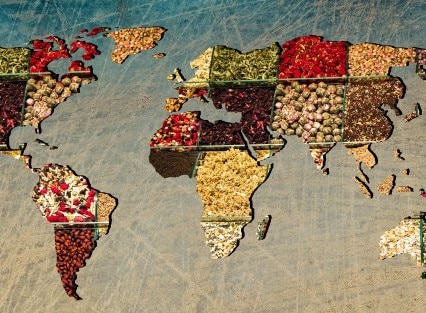Around the globe, nearly a third of us worry about where our next meal is coming from, and one in ten of us suffer from hunger or malnutrition. How is that possible in a modern society? While we are having high-level debates about the possible dystopian effects on society from advanced technology, artificial intelligence, and quantum computing, we seem to be missing a simple and embarrassing truth — we have failed in our moral responsibility to ensure no one goes hungry.
It is easy to write off our current situation by pointing to a slew of one-off events that came together to create a “perfect storm” — droughts, armed conflict, skyrocketing inflation, supply chain issues. But even accounting for this tumultuous year, nearly a billion people around the world, some far away and some literally next door, have gone without food and experienced hunger for at least one day in 2022.
Food insecurity has serious social and geopolitical implications and throughout history has been a driver of civil unrest and migration. It also carries a hefty price tag — the UN’s Food and Agriculture Organization estimates the costs of malnutrition to the global economy to be as high as $3.5 trillion per year. And while finding a solution will also be costly, the economic benefits to society could reach $10.5 trillion per year.
In the report that follows, we first look at what is driving the recent increase in food insecurity and find that although the Russia-Ukraine conflict fanned the flames of the crisis, it was not the sole cause. Environmental factors such as more frequent extreme weather events are making crop production more volatile and increasing the vulnerability of the agriculture sector. Higher energy prices have raised the cost of food production. Rising inflation has forced families to make trade-offs between food and other monthly expenses. And conflict in general has caused disruptions to supply chains and transportation hubs.
Although some of these issues will fix themselves in 2023, there is a scenario where higher-than-normal agriculture prices persist with continued high fertilizer prices. The recent increase in protectionist trade policies, including export bans, is also exacerbating the problem.
So how do we fix this? How do we ensure we are making out best effort to reduce the number of hungry people? The proposed solutions can be bucketed into four categories: social, technological, economic/financial, and governmental. Society can make small changes to eliminate food waste or shifting to a more plant-based diet, which would increase the amount of available food. Technological innovation in alternative proteins and indoor farming as well as automation and robotics can help in ensure food self-sufficiency for regions reliant on imports and improve the food ecosystem.
Financing vehicles such as blended finance and hedging facilities can help facilitate investment in infrastructure. And government is needed to help push the agenda forward with targeted policy and regulation as well as provide humanitarian aid and sustained investment in global agriculture.
Big problems take big solutions and big efforts.





